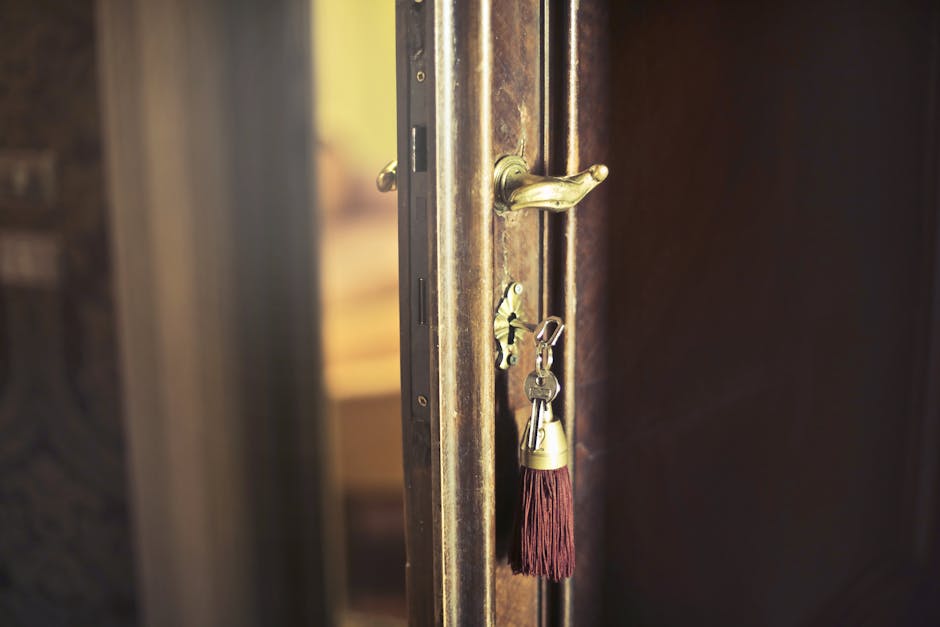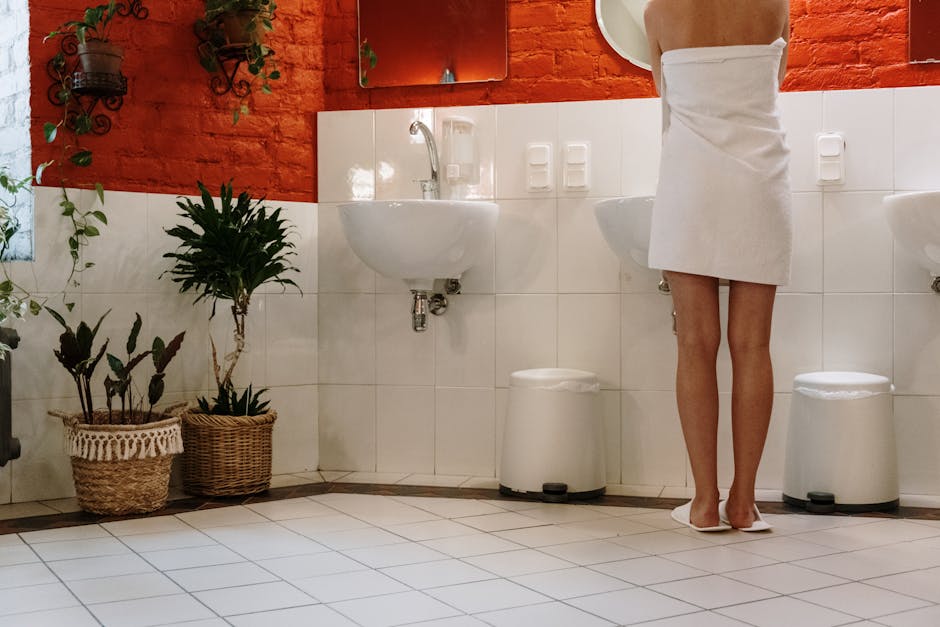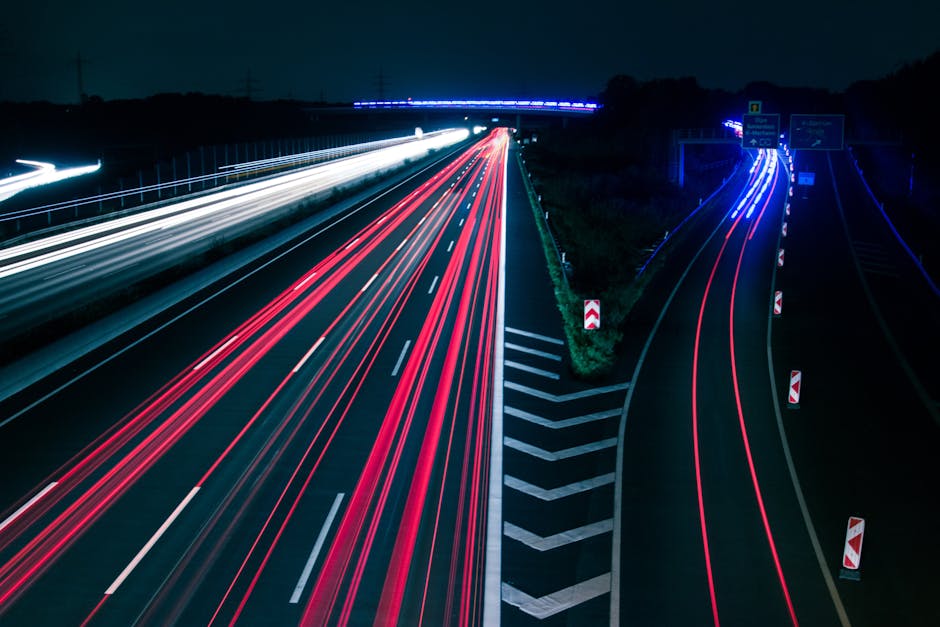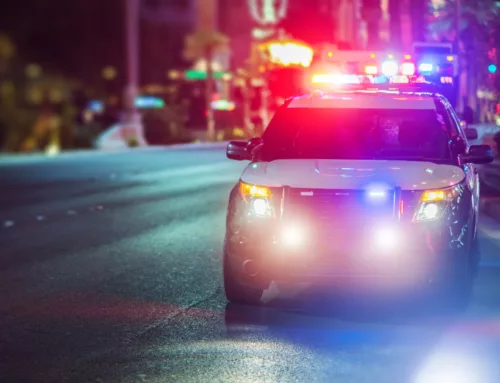- Front Entryway: Deterring Intruders and Monitoring Entries
- Backyard and Side Gates: Securing Potential Blind Spots
- Driveway and Garage: Covering Vehicles and Access Points
- Windows and Other Points of Entry: Enhancing Home Security
- Perimeter Fencing: Monitoring Property Boundaries
- Common Areas: Protecting Shared Spaces
- High Traffic Areas: Capturing Frequent Movement and Activity
Front Entryway: Deterring Intruders and Monitoring Entries
When it comes to securing your property in the Dallas-Fort Worth (DFW) area, the front entryway is one of the most critical locations to consider for surveillance camera installation. Strategically placing a camera at your front entryway serves multiple purposes that go beyond basic monitoring.
First and foremost, a visible surveillance camera at your front door acts as a powerful deterrent to potential intruders. Criminals are less likely to attempt a break-in when they know they are being watched. According to studies, homes with visible security cameras are 60% less likely to be targeted by burglars. This makes the front entryway an optimal spot for enhancing your home’s security footprint.
Additionally, front entryway cameras ensure that you have a clear record of everyone who approaches your home. Whether it’s the mail carrier, a delivery person, or a visitor, having a video record is invaluable. Allied’s smart home security systems offer advanced features such as motion detection, facial recognition, and 24/7 live streaming. These features provide you with real-time notifications and a comprehensive log of all activity at your front door.
- Motion Detection: Automatically records when motion is detected, reducing the need to sift through hours of footage.
- Facial Recognition: Identifies known individuals and alerts you if an unknown person is at your door.
- 24/7 Live Streaming: Offers constant monitoring and immediate access to your front entryway through your smartphone or other devices.
For residents in DFW, Allied provides top-tier home security installation and alarm monitoring services. With almost three decades of experience, Allied understands the unique security needs of Texas homeowners. The company offers a range of smart home security systems that can be customized to meet individual needs. Allied’s cameras are designed to withstand extreme Texas weather conditions, ensuring reliability year-round.
Another aspect to consider is integration with other smart home devices. Allied’s systems seamlessly integrate with other smart home components such as doorbells, locks, and lighting. This allows for greater control and automation, making it easy to manage your home’s security efficiently.
Allied’s customer service is another key benefit, offering unparalleled support from initial consultation to installation and beyond. With price match guarantees and competitive monthly monitoring plans starting at just $19.95/mo, Allied ensures high-quality security solutions are accessible for everyone in the DFW area.
By choosing Allied, you are investing in a security system that not only protects your home but also offers peace of mind. If you’re looking to enhance the security of your property, starting with the front entryway is a strong first step. Call Allied today for a free same-day setup and make your home the safest and smartest on the block.
Backyard and Side Gates: Securing Potential Blind Spots
In many properties, the backyard and side gates represent potential blind spots that are often overlooked when installing surveillance systems. Ensuring these areas are well-monitored can effectively enhance the overall security of the premises.
One of the primary reasons to place surveillance cameras in the backyard and near side gates is to cover any entrance points that are out of direct view from the front of the house. Many intruders prefer these areas as they provide easier access while reducing the likelihood of being seen. According to the Federal Bureau of Investigation (FBI), approximately 33% of burglars enter through the back or side doors, making these locations critical for surveillance.
In DFW, properties often
feature larger backyards, increasing the necessity of consistent monitoring. Installing cameras at strategic points, such as at the corners of the property or elevated positions like the roof’s eaves, can help capture comprehensive footage. Elevating cameras not only goes a long way in securing larger areas but also protects the devices from tampering or vandalism.
Additionally, ensuring visibility of side gates with surveillance cameras is crucial for properties with multiple access points. Side gates often provide convenient access for service providers or maintenance crew but can also be exploited by unauthorized individuals. By placing cameras to monitor these gates, property owners can maintain a secure environment while keeping an eye on all potential entry points.
The use of motion-activated cameras in these regions can further enhance security. These cameras activate when movement is detected, helping to save on storage and allowing property owners to review relevant footage quickly. Ensuring the cameras are equipped with night vision capabilities is also essential, as these areas are typically less lit during nighttime hours.
For homes in DFW with extensive outdoor areas or additional structures, like sheds or guest houses, placing additional cameras to cover these specific spots can provide an extra layer of protection. Ensuring comprehensive coverage of these potential blind spots can contribute significantly to deterring criminal activity and maintaining peace of mind.
Driveway and Garage: Covering Vehicles and Access Points
Securing your driveway and garage with surveillance cameras is crucial for protecting vehicles and monitoring access points.
The driveway often serves as the first point of entry onto your property, making it essential to have eyes on this area. Cameras placed in the driveway can monitor and record all vehicle movements, enabling you to track any suspicious activity. This is particularly important as the driveway is a common target for packages, cars, and other possessions.
The garage itself is another critical area for surveillance. Garages often contain valuable items such as vehicles, tools, and sporting equipment. Additionally, many garages provide an alternative entry into the home. Installing cameras at the garage entrance and inside the garage can help track any unauthorized access, deterring potential intruders.
Here are some recommendations for surveillance camera placement in these areas:
- Driveway Entrance: Position a camera to cover the main entry point and capture license plates and faces of anyone entering the property.
- Near Garage Doors: Install cameras above the garage doors to monitor who is entering or leaving the garage, and to keep a close eye on parked vehicles.
- Inside the Garage: Place a camera within the garage to oversee high-value items and monitor activities within the space.
- Blind Spots: Ensure all potential blind spots and secondary paths to the driveway or garage are covered with additional cameras.
Using the right type of camera is also important. Opt for models with high-definition video, night vision capabilities, and motion detection features, ensuring clear visibility day and night.
In summary, effectively placing surveillance cameras in strategic positions around your driveway and garage enhances the overall security of your property, protecting both your vehicles and the access points to your home.
Windows and Other Points of Entry: Enhancing Home Security
Windows and other points of entry are critical locations for surveillance cameras when enhancing home security. These areas are often targeted by intruders, making it essential to monitor them effectively.
According to crime data from the Dallas-Fort Worth (DFW) area, a significant portion of break-ins occur through windows and lesser-secured entry points. By strategically placing cameras to monitor these vulnerabilities, homeowners can substantially mitigate the risk of unauthorized entry.
For optimal coverage, cameras should be positioned to have a clear and unobstructed view of windows and doors. This ensures that any suspicious activity is captured in detail. Additionally, it is vital to consider both the height and angle of the camera installation. Cameras installed at a higher vantage point can capture a broader area and are less likely to be tampered with.
Infrared or night-vision capabilities are essential for cameras monitoring points of entry. This allows for continuous surveillance, even in low-light conditions. Given that many break-ins occur at night, these features enhance the efficacy of the surveillance system.
Camera models with motion detection and alert functionalities can provide real-time notifications of any unusual activity around windows and other entry points. These alerts enable quick response times, potentially deterring intruders or facilitating timely intervention.
Lastly, integrating the camera system with other security measures, such as window sensors or alarm systems, can create a robust, multi-layered security approach. This synergy between devices maximizes the protection of entry points and ensures comprehensive home security.
Perimeter Fencing: Monitoring Property Boundaries
Installing surveillance cameras along the perimeter fencing of your property serves as an essential measure for enhancing overall security. This strategic placement helps ensure comprehensive coverage of the property’s boundaries, deterring possible trespassers and enabling prompt alert of any suspicious activity.
Benefits of Perimeter Fencing Surveillance
There are several compelling reasons to focus on monitoring your property’s perimeter:
- Deterrence: Visible cameras along the perimeter discourage unauthorized access and criminal activities.
- Early Detection: Monitoring the outskirts helps detect suspicious behavior before it progresses towards the house.
- Coverage: Ensures that all entry and exit points along the boundary are observed.
Optimal Camera Placement
To maximize the effectiveness of perimeter surveillance, consider the following placement strategies:
- Corner Coverage: Position cameras at the corners of your property for a comprehensive view of all boundary lines.
- Gate Monitoring: Place cameras near entrance and exit gates to track movement in and out of the property.
- Even Distribution: Install cameras at regular intervals along long stretches of fencing to avoid blind spots.
Technology Considerations
Different technology options can enhance the effectiveness of perimeter surveillance:
- High-Resolution Cameras: Use cameras with high resolution for better image clarity and detail.
- Night Vision: Ensure cameras are equipped with night vision to maintain visibility in low-light conditions.
- Motion Detection: Implement motion sensors to trigger alerts and recordings when movement is detected along the perimeter.
Connectivity and Power Supply
Reliable power and connectivity are crucial for continuous surveillance:
- Wired vs. Wireless: Decide between wired cameras, which may offer more stable connections, and wireless cameras, which are easier to install and adjust.
- Backup Power: Consider backup power options like battery packs or solar panels to ensure constant operation.
Ensuring robust perimeter surveillance requires careful planning and appropriate technology choices. By effectively monitoring the property’s boundaries, homeowners can significantly enhance their security and peace of mind.
Common Areas: Protecting Shared Spaces
Common areas within and around your property are critical spots for installing surveillance cameras. These spaces are often utilized by various individuals, such as guests, maintenance workers, and delivery personnel, making it essential to monitor these regions to ensure safety and security. Common areas include living rooms, hallways, lobbies, and recreational spaces like pools and gardens.
Reasons for Surveillance in Common Areas:
- Monitor Visitor Activity: Installing cameras in shared areas helps track who comes and goes from your property. This is particularly useful for identifying unwanted visitors or potential intruders.
- Ensure Safety: Surveillance in places like pools or playgrounds enhances safety by providing real-time monitoring, which is crucial in case of accidents or emergencies.
- Prevent Vandalism: Keeping an eye on common areas can deter vandalism and allow for quick action if any damage occurs.
When placing cameras in common areas, it is essential to consider both coverage and privacy. Cameras should be positioned to cover the entire area efficiently while respecting the privacy of the occupants. Ensure that cameras do not point directly into private spaces, such as bedrooms or bathrooms.
Location Recommendations:
- Living Rooms: Place cameras in corners with a wide view to cover the entire room.
- Hallways and Lobbies: Position cameras at both ends to monitor all movement through these transitional areas.
- Recreational Areas: Install cameras at high vantage points for full visibility without obstructing the ambiance or aesthetics of the space.
Surveillance cameras in common areas contribute significantly to the overall security of your property. Below is a table summarizing key locations and considerations:
| Location | Consideration |
|---|---|
| Living Rooms | Wide view positioning for full room coverage |
| Hallways and Lobbies | Cameras at both ends to monitor movement |
| Recreational Areas | High vantage points for full visibility |
Overall, placing surveillance cameras in common areas enhances home security by monitoring visitor activity, ensuring safety, and preventing vandalism. Proper placement and a balanced approach to privacy can significantly boost the effectiveness of your surveillance system.
High Traffic Areas: Capturing Frequent Movement and Activity
High traffic areas around a property can offer ample opportunities for monitoring frequent movement and activity. These regions often serve as crucial zones for surveillance due to the volume of foot traffic and the potential for incidents or intrusions. Proper installation of surveillance cameras in these spots not only aids in the capture of continuous movement but also in providing comprehensive security coverage. Here are some key high traffic areas to consider:
1. Front Walkway
The front walkway of a home or property is a common path used by residents, guests, and delivery personnel. Installing cameras along this route ensures that all individuals approaching the front door are monitored. High-definition cameras with night vision capabilities are recommended to capture clear images regardless of the time of day.
2. Hallways and Corridors
For larger properties or multi-unit buildings, internal hallways and corridors often experience high foot traffic. Surveillance in these areas can help in monitoring the comings and goings of residents and visitors, enhancing overall security.
3. Staircases
Staircases, both internal and external, are also high traffic zones. Positioning cameras to cover staircases ensures that any activity in these areas is recorded, which can be particularly useful in multi-story buildings.
4. Driveway Access Points
Driveways are not only access points for vehicles but also pathways for pedestrians. Capturing the activity in these zones provides an added layer of security, encompassing both vehicular and foot traffic.
5. Commercial Entrances
For commercial properties, entrances and exits are vital high traffic areas. Surveillance cameras in these spots are essential to monitor customer flow and enhance security.
The following table outlines some recommended features for cameras installed in high traffic areas:
| Feature | Benefits |
|---|---|
| High Definition (HD) Resolution | Ensures clear and detailed images for accurate identification |
| Wide-Angle Lens | Covers a larger area, reducing the number of cameras needed |
| Night Vision | Provides clear footage in low-light conditions |
| Motion Detection | Alerts when movement is detected, conserving storage and focusing on significant events |
| Weatherproof and Vandal-Resistant | Ensures durability in various weather conditions and protection against tampering |
By carefully monitoring these high traffic areas with appropriately selected surveillance cameras, property owners can significantly enhance their security measures, protecting both property and individuals.












